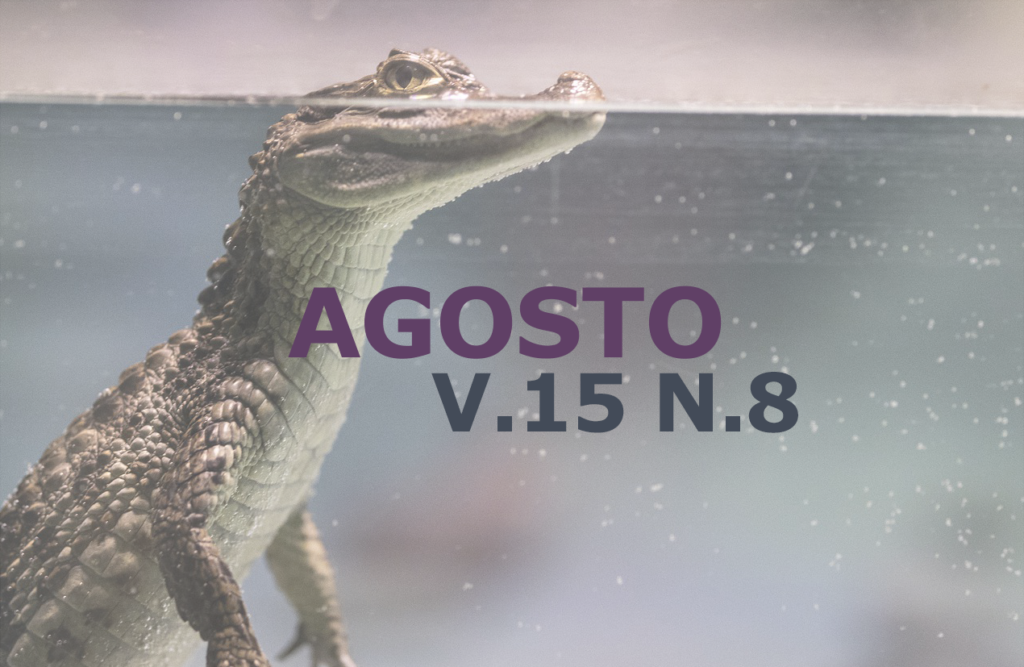Cryptorchidism in horses: literature review and report of 20 cases
DOI:
https://doi.org/10.31533/pubvet.v15n08a900.1-12Keywords:
Equine, gubernacle, scrotum, testis, laparotomyAbstract
This article aims to review the anatomical and pathophysiological aspects of cryptorchidism in the equine, as well as to report a series of 20 cases treated clinically or surgically. Cryptorchidism consists of a complex developmental change, limited to sex, being the most prevalent non-lethal developmental defect in the horse. This disorder occurs when there is a failure in the normal descent of one or both testicles, from their fetal position in the sub-lumbar area through the inguinal canal to the scrotum. Between the years 2013 and 2020, twenty horses, with an average age of 7.1 + 1.69 years, were examined for the diagnosis and treatment of cryptorchidism. All animals were examined on the property of origin and underwent a general clinical examination. General clinical examination (anamnesis and physical examination), transrectal palpation and ultrasonography (transrectal and trans abdominal) were performed on all animals to identify the retained gonad. With the exception of two cases, all animals were referred for surgery according to the criteria of the history of cryptorchidism reported by the owner and identification of the gonad retained at the time of the clinical examination. The cryptorchid testicle was removed by flank laparotomy. The chosen technique proved to be easily applicable at the field level, and no complications were observed in this series of cases.
Downloads
Published
Issue
Section
License
Copyright (c) 2021 Ubiratan Pereira de Melo, Cíntia Ferreira

This work is licensed under a Creative Commons Attribution 4.0 International License.
Você tem o direito de:
Compartilhar — copiar e redistribuir o material em qualquer suporte ou formato
Adaptar — remixar, transformar, e criar a partir do material para qualquer fim, mesmo que comercial.
O licenciante não pode revogar estes direitos desde que você respeite os termos da licença. De acordo com os termos seguintes:
Atribuição
— Você deve dar o crédito apropriado, prover um link para a licença e indicar se mudanças foram feitas. Você deve fazê-lo em qualquer circunstância razoável, mas de nenhuma maneira que sugira que o licenciante apoia você ou o seu uso. Sem restrições adicionais
— Você não pode aplicar termos jurídicos ou medidas de caráter tecnológico que restrinjam legalmente outros de fazerem algo que a licença permita.





